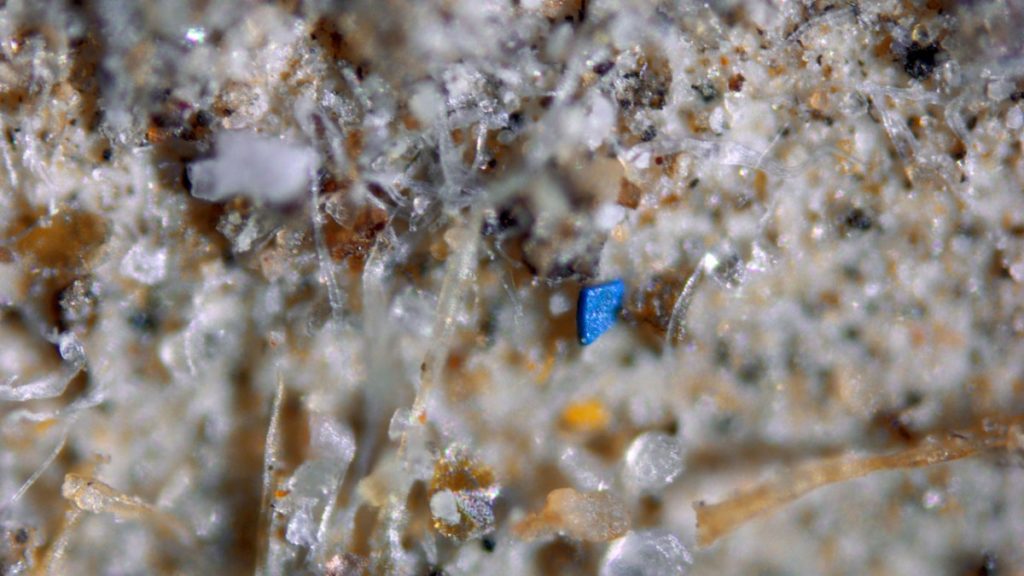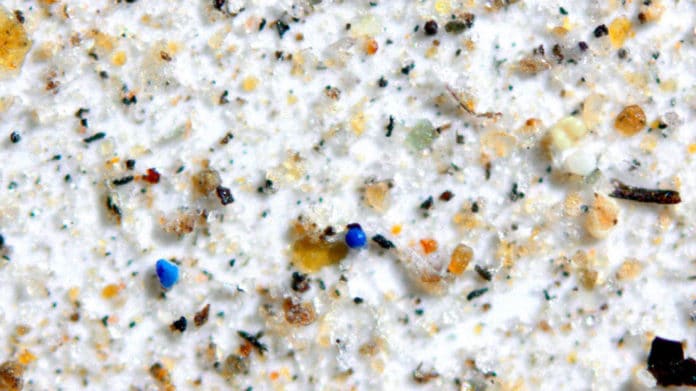Plastics cycle through the seas and streets and, if adequately tiny, can become microplastic aerosols, which ride the jet stream across continents.
These microplastics are everywhere. It travels in the atmosphere, and it deposits all over the world.
A new study by the scientists at Cornell and Utah State University has suggested that the tiny shreds of microplastic are more ubiquitous than science had known, whether at sea or land.
More importantly, atmospheric microplastics in the western United States are primarily derived from secondary re-emission sources.
For the study, the atmospheric data were collected from the western U.S. from December 2017 to January 2019: 84% of microscopic shards came from road dust – cars and trucks agitating the plastic. About 11% entered the atmosphere from sea spray, and 5% was derived from agricultural soil dust.
As enormous groups of refuse plastic merge into pods of plastic islands on the oceans, the oceanic activity grinds them into mere micron-size particles, where the winds ferry them into the atmosphere– for as little as 60 minutes, or up to six days.
While conducting another study, scientists discovered bits of microplastic everywhere they went. They also developed a microplastic transport model to determine the tiny plastics‘ origins. Together, they used the model to deduce the sources of these microplastics.

Natalie Mahowald, Cornell’s Irving Porter Church Professor in Engineering, said, “We did the modeling to find out the sources, not knowing what the sources might be. Amazingly, this much plastic is in the atmosphere at that level, and unfortunately accumulating in the oceans and on land and just recirculating and moving everywhere, including remote places.”
“Using our best estimate of plastic sources and modeled transport pathways, most continents are net importers of microplastics from the marine environment. This underscores the cumulative role of legacy pollution in the atmospheric burden of plastic.”
“Microplastics are landing and accumulating in all sorts of places. It’s not just in the cities or the oceans. We’re finding microplastics in national parks.”
Journal Reference:
- Janice Brahney et al. Constraining the atmospheric limb of the plastic cycle. DOI: 10.1073/pnas.2020719118
